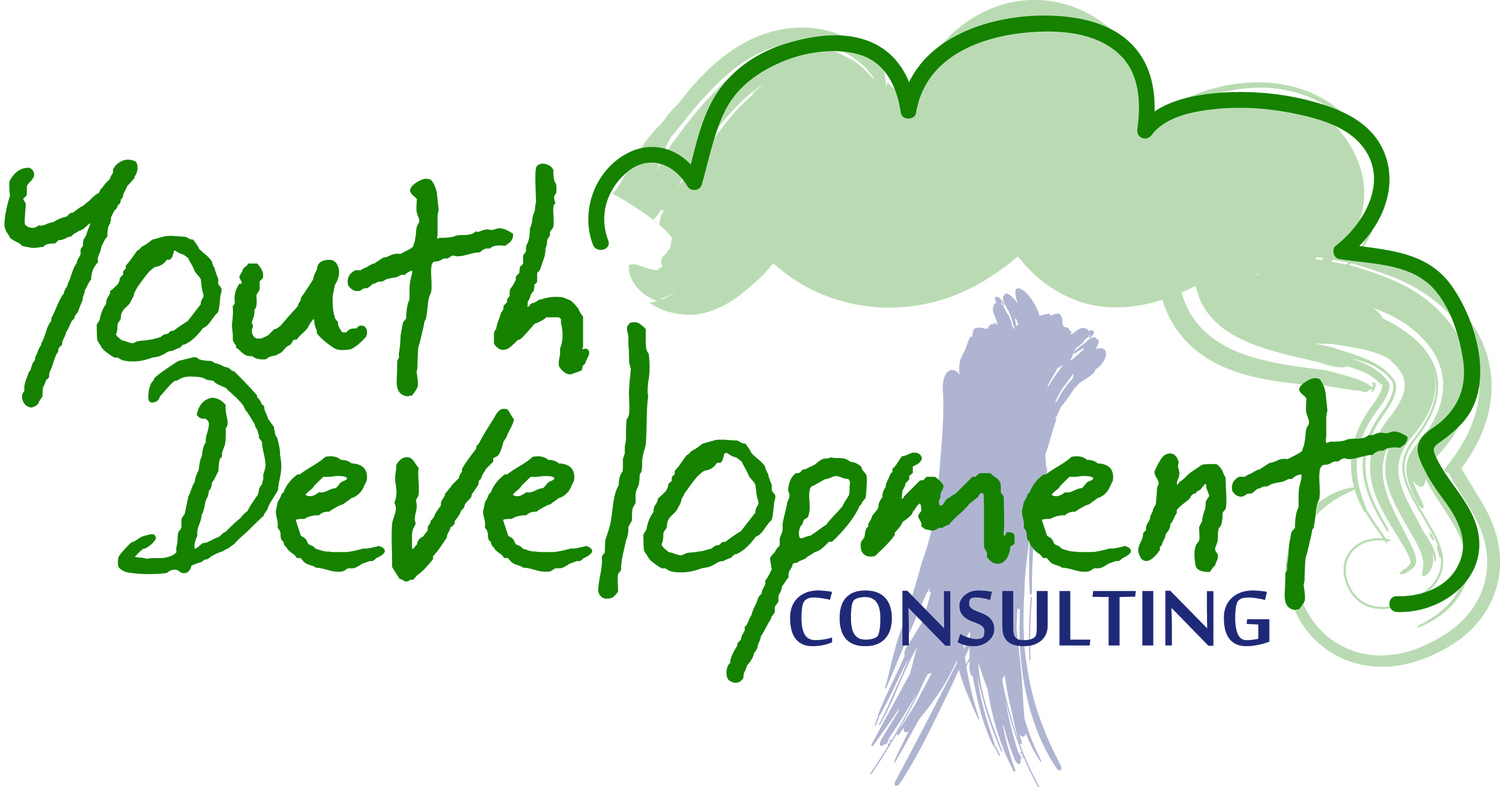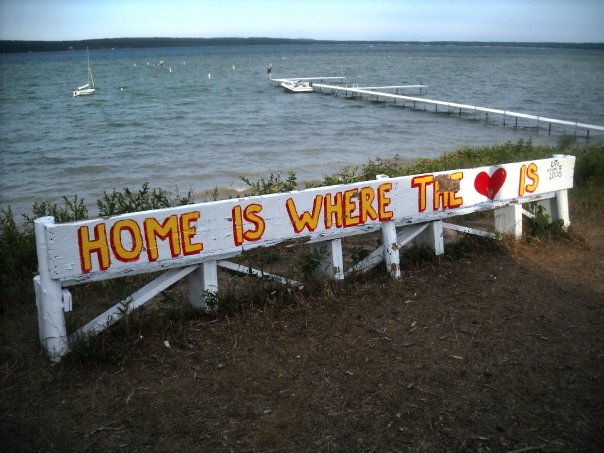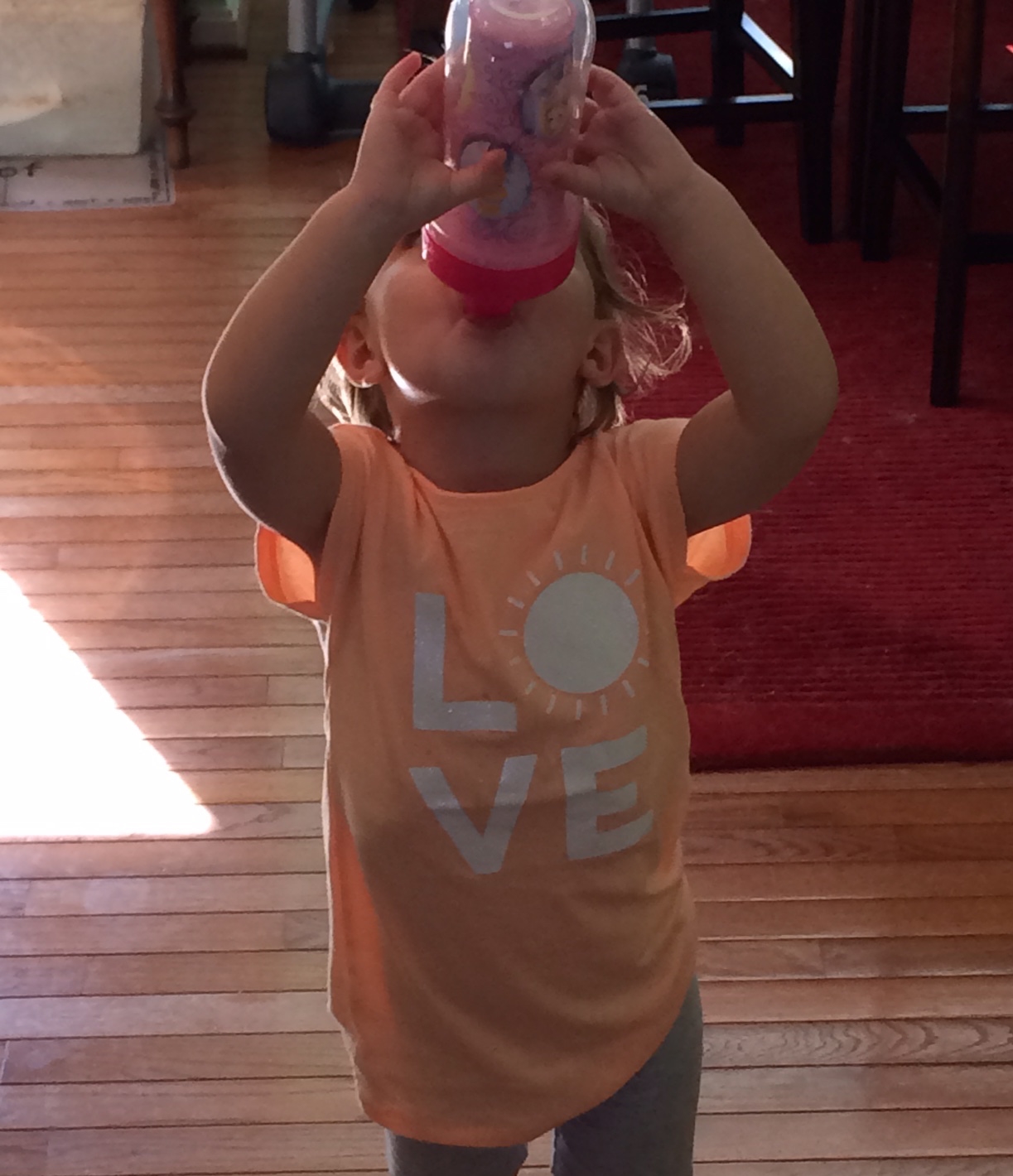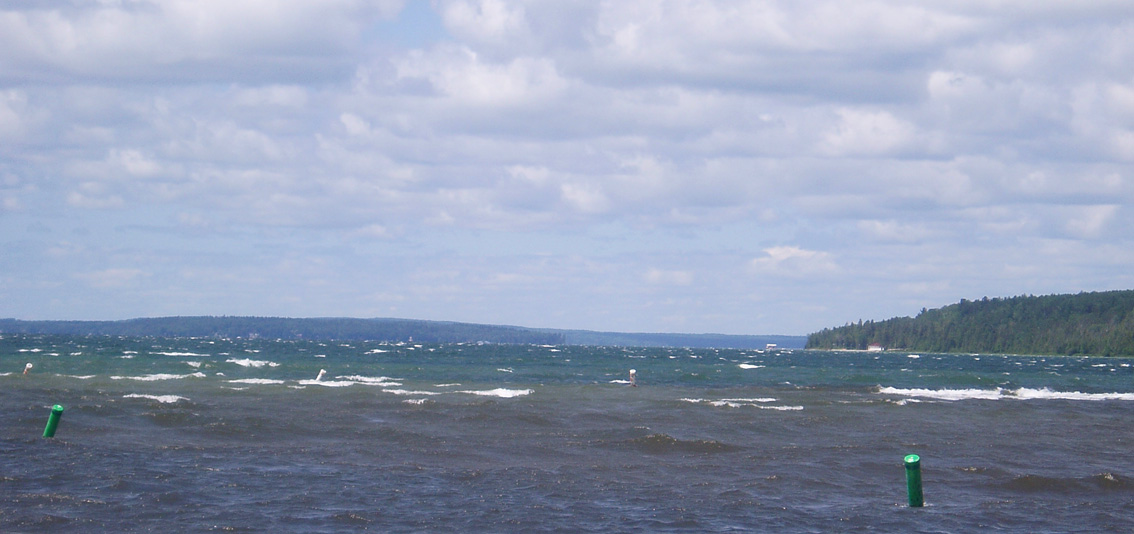Rules that Rule - Part 2
/By The People
Another strategy that can be very effective in establishing rules and consequences that limit negative behaviors is to create a social contract with the participants whenever possible (children need to have some more advanced language skills, so this is probably best for youngsters age 4 and older). A social contract is an agreement facilitated by the adult leader/coach but is primarily created by the youth in the program. At the start of the first practice/class, the adult asks the children how they want to be treated and what consequences should follow if someone deviates from the mutually agreed-upon expectations. You might be amazed at how well even very young children can articulate positive behavior expectations (keep hands and feet to yourself, listen, be respectful, etc.), and correlating logical consequences. If something you believe is important isn’t addressed, staff members can always ask questions like, “What kind of words do we want to use with each other?” Do keep in mind that general (and shorter) social contracts tend to be more effective than ones that spell out every possible negative behavior. Once the contract is established, children typically take an active role in policing their own behavior; if someone is acting in a manner counter to the contract, their peers are likely to remind that person (and the adult) of any non-compliance.
Rules Are For Everyone
Again, this might seem straightforward, but I consistently come across programs in which adults don’t follow the same rules as the children, or worse yet, some children are given multiple warnings without a consequence, while others are constantly losing privileges. Once the rules and consequences are established (either by adults or the social contract), everyone needs to be held to the same standard, including the adult leaders.
Let’s look at one of my favorite sports—ice hockey—where behavior is a constant issue. Every youth hockey program I’ve seen or been a part of requires full equipment, including helmets. Similarly, every adult hockey program I’ve seen (including drop-in) requires a minimum that everyone wear a helmet (even on ice, officials wear them). The consequence for failing to comply is universal—no gear or helmet means the player is not allowed on the ice. That said, step into almost any rink on a weekend morning and you’ll find scores of youth hockey coaches on the ice without helmets (although they do tend to wear hockey gloves). This do-as-I-say-not-as-I-do behavior does not go unnoticed by children, and it creates a disconnect that causes them to continually push limits and expectations to see if and where other exceptions can be found. It’s a natural desire to find the exception or loophole that leads to problem behaviors. By eliminating the exceptions, you effectively eliminate the need to seek them out. By following the same rules as participants (at the very least in their presence) and holding each other to the same consequences as young participants, we reinforce that fairness, equality—and ultimately safety—are top priorities.
The One Rule To Rule Them All
Finally, rules and consequences are ultimately in place so everyone can have a safe and enjoyable experience. Any rule that does not help accomplish this most basic need is unnecessary and by its very nature illogical. As you create expectations and/or a social contract, remind staff members why rules exist in the first place. This will reduce time spent dealing with problem behaviors and allow everyone to focus on the fun!










